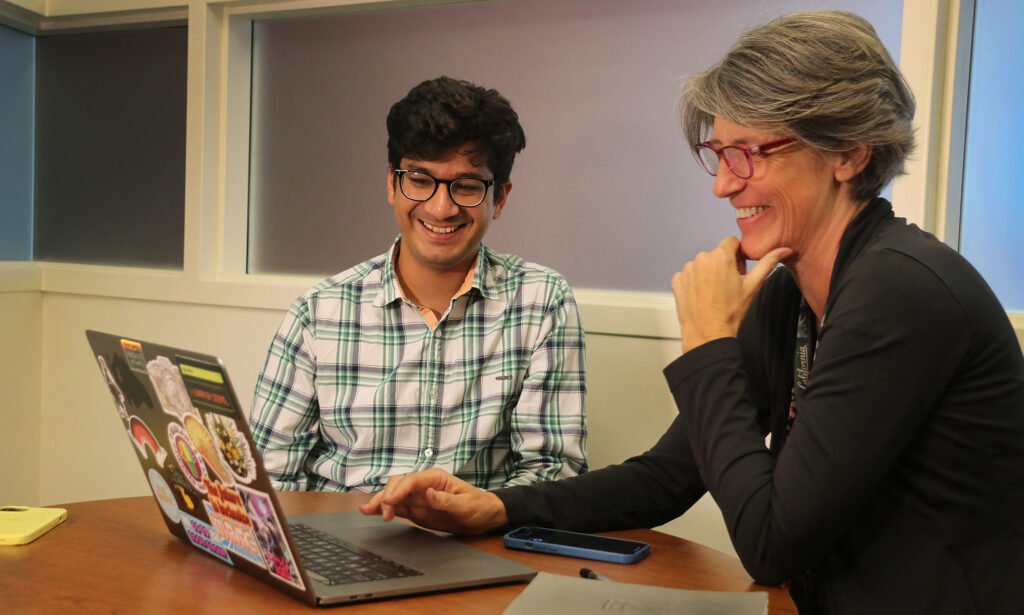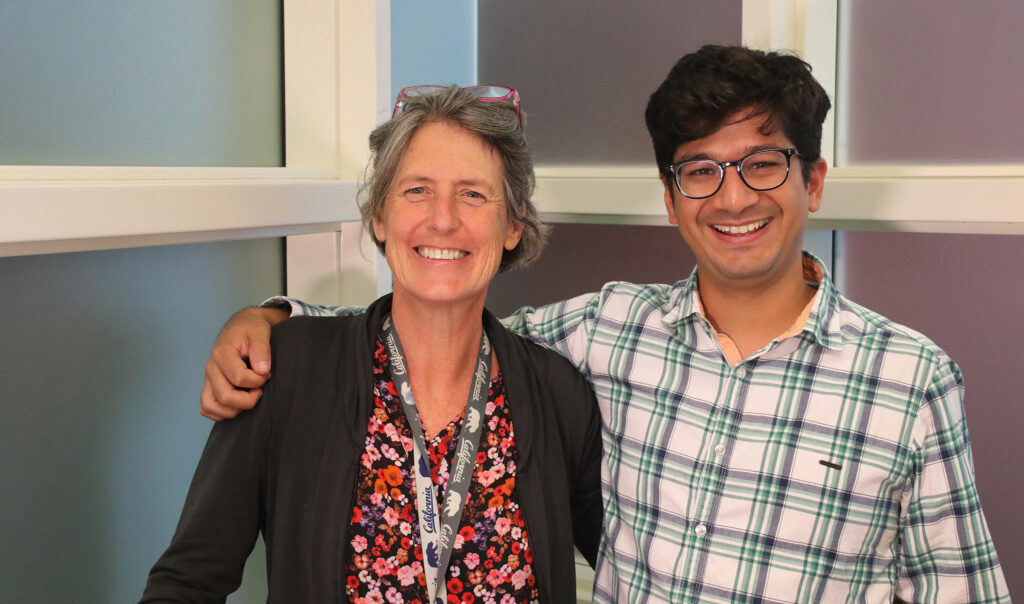Cal Poly Faculty Members Implement Culturally Responsive Computing Curriculum with Funding from NSF Grant

The National Science Foundation (NSF) has awarded funding to six institutions from the California State University (CSU) system to help transform the early curriculum experience of historically marginalized students in computing.
The alliance brings together Cal Poly San Luis Obispo, CSU Dominguez Hills, CSU Fullerton, CSU Los Angeles, Cal Poly Pomona and San Francisco State University.
These universities have identified that more than 34% of underrepresented minority students at CSUs drop out of their computing majors, whereas non-underrepresented minority computing students leave at a rate of 21.5%.
Because the largest percentage of underrepresented minority students drop out of their computer science major in the first two years, the goal is for professors to show students through their initial coursework how the study of computer science can influence and impact the communities they are from.
Cal Poly’s Zoë Wood, Ayaan Kazerouni and Jane Lehr spearheaded the implementation of the new curriculum. We spoke with Wood and Kazerouni about their work so far.
Will you describe your plans for a culturally responsive computing curriculum?
We have developed a new curriculum that has been taught in Computer Science 123 and 203, with the largest impact in the new version of Computer Science 123: Community Action Computing, first taught in fall 2022. We take a data-centric approach to introductory programming, meaning that nearly all assignments involve analyzing real-world datasets. For example, for the assignment students are currently working on, they are learning about variables and datatypes by studying data about Californians’ access to K-12 computer science education. They are learning that California lags quite far behind other states in terms of the percentage of its schools that offer any computer science courses, and there are sizeable inequities in California computer science enrollments along the lines of race and gender.
How did the idea of pushing for a culturally responsive computing curriculum start?
Cal Poly and the other California State Universities have identified an equity gap in retention rates (the percentage of incoming computer science majors who end up staying in the major). By “equity gap”, we mean that Hispanic/Latino students are leaving the computer science major at higher rates (17.8%) than white or Asian students (7.9%). Additionally, prior research suggests that students from groups that are underrepresented in computing, such as women and students of color, are more likely to be engaged by coursework that focuses on societal contexts. Our hope is that by adjusting our introductory courses so that the computing topics are grounded in real-world contexts, we might increase students’ intentions to persist in the computer science majors.

What are some of the communal-oriented socially responsible computing projects planned?
In the Computer Science 123 course at Cal Poly, students are using the data-centric assignments to learn about things like computer science education access, food access, SAT scores and housing. The course culminates with a final project where students will choose their own contexts and datasets with input from the instructor. That’s really where the students’ own interests can be incorporated into their projects. For example, if a student is interested in exploring data related to fatal police shootings, they can do so and present their findings to the rest of the class.
Additionally, we have also acquired some datasets with permission from local nonprofit organizations like EcoSLO and the Cal Poly Cat Program. This information helps students who are interested in exploring topics more related to the local SLO context.
What are the short-term and long-term goals of implementing this new curriculum and training faculty members to teach socially responsible computing?
Our short-term goals are to continue to teach the curricula and to collect data. The faculty learning community will continue throughout the grant period, and we welcome new faculty each fall and spring. We are working with an external evaluator who helps us collect data pertaining to students’ sense of belonging in computer science and their intention to take more computer science courses in the future. We plan to compare the data collected this year with the baseline data we collected last year. In the long-term, we hope to see improvements in retention rates of Hispanic/Latino students and, in genera,l to continue to broaden the participation in computing from any students from historically underserved populations.
